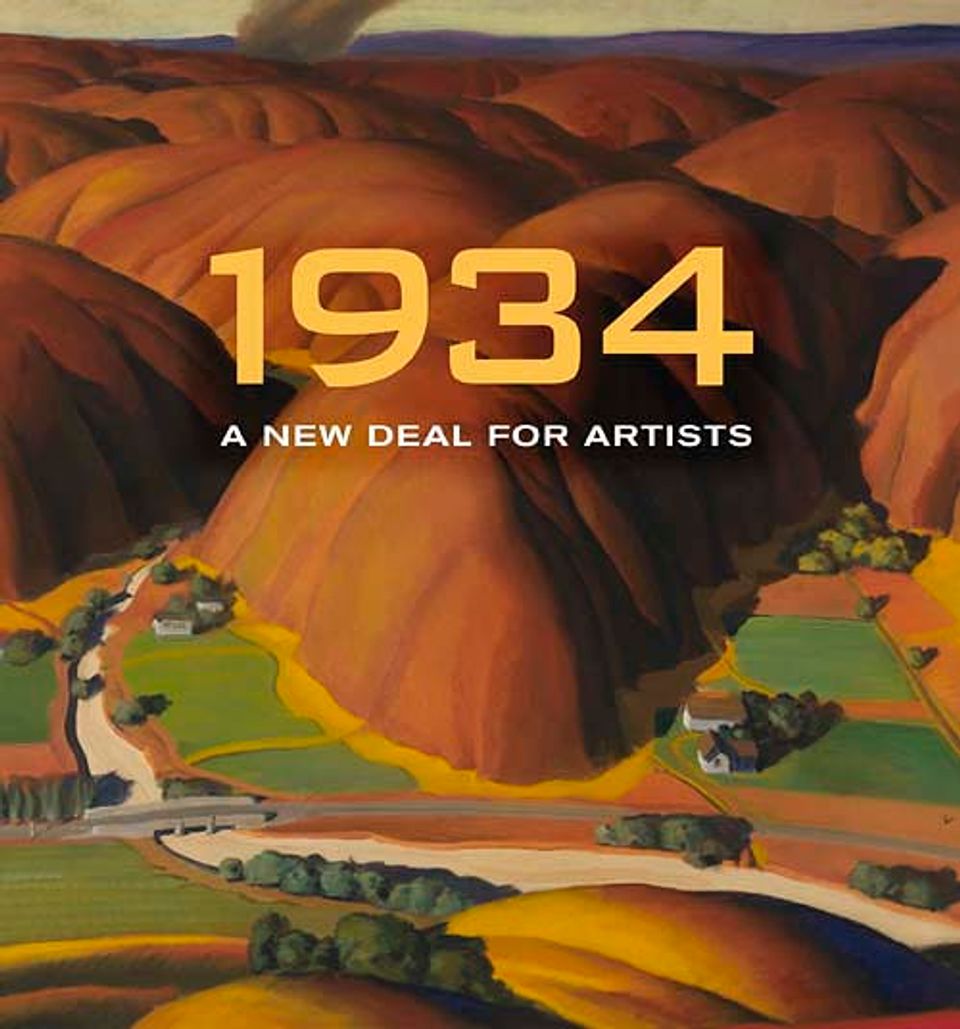Paul Kelpe
- Born
- Minden, Germany
- Died
- Austin, Texas, United States
- Active in
- New York, New York, United States
- Biography
Paul Kelpe originally wanted to be a musician, but an exhibition in Germany made him realize that abstract art could be a substitute for music, and he decided to become a painter instead. His parents did not approve of the radical work he produced, however, and sent him to America to straighten him out (conversation with the artist, 1983). The Chicago branch of the Public Works of Art Project hired him to create murals, but his designs were criticized for being too abstract. A few years later, however, he was asked to resign from the American Abstract Artists because his work was too representational! Kelpe struggled to make ends meet during the 1950s, describing his situation in a letter as hopeless. He wrote that he would have to make a choice between paying the rent and eating because he could not afford to do both. (Manthorne, Paul Kelpe: Abstractions and Constructions, 1925-1940, 1990)















